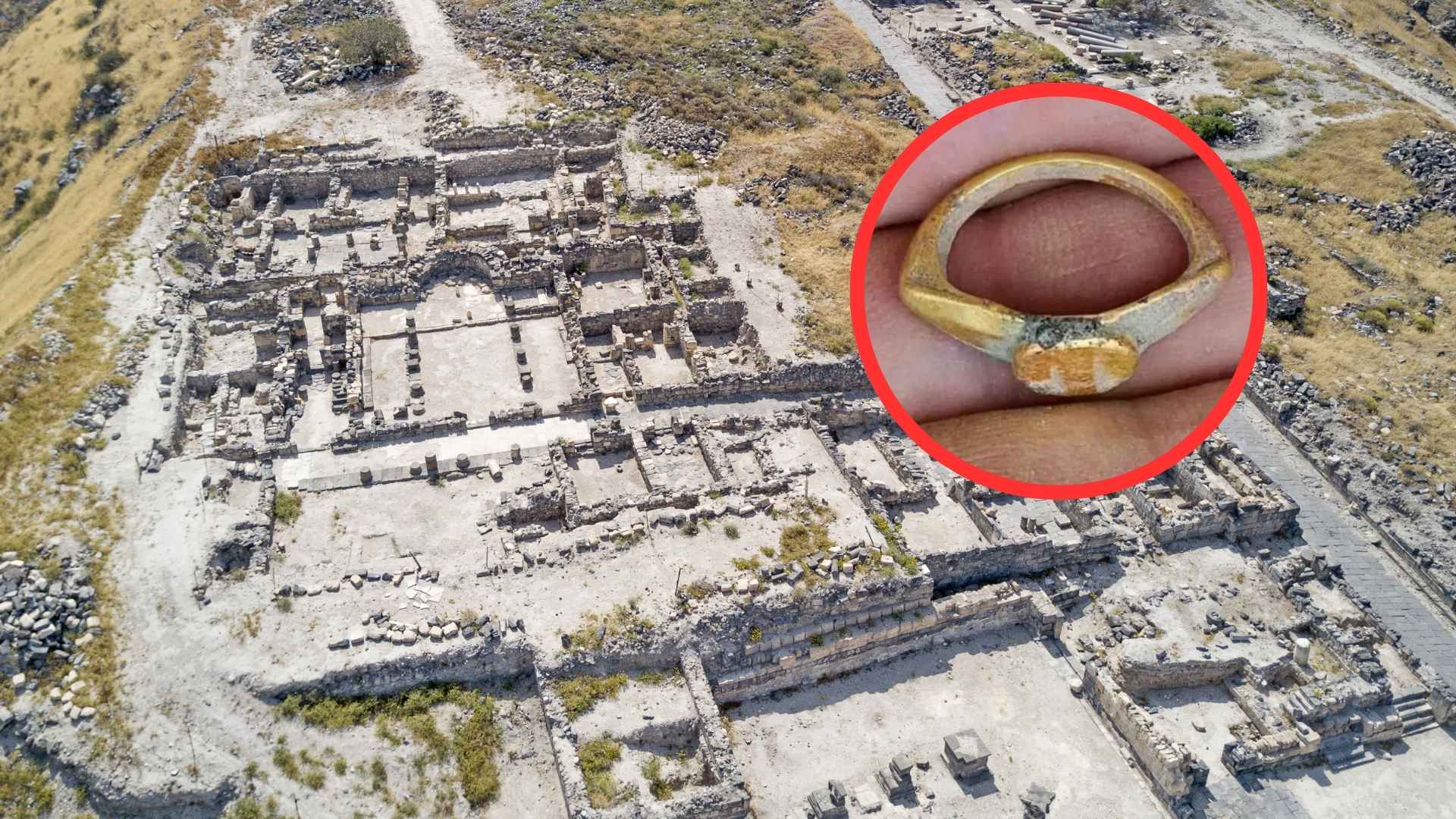Tiny treasures suggest the Decapolis hub was flush with cash when, according to the Gospels, Jesus preached nearby.
Archaeologists digging at Israel’s Sussita (Hippos) National Park have uncovered a child‑sized gold ring and a matching pair of earrings dating to the 1st–3rd centuries CE. The find, announced Thursday by the Israel Nature and Parks Authority, offers a glittering peek at the prosperity that swept this hilltop city overlooking the Sea of Galilee. Before diving deeper, here are the essentials:
| Artifact | Estimated date | Find spot | Possible owner |
|---|---|---|---|
| Gold ring (tiny) | early Roman era | residential quarter | young girl |
| Gold earrings (pair) | early Roman era | necropolis perimeter | burial gift |
Who lost that ring, and why were the earrings left outside their grave? Those questions keep researchers guessing.
Discovery of Roman‑era gold jewelry underscores Hippos’s wealth during the first centuries of the Common Era
The jewelry emerged from two separate trenches. In the bustling residential district, thousands of collapsed basalt blocks were sifted by hand until the ring gleamed in the dirt. Meanwhile, the earrings surfaced just beyond several tombs in what experts call one of Israel’s most diverse Roman cemeteries. Gold, imported marble columns, and brightly painted stucco all point to hefty civic budgets and well‑heeled residents who could afford imported luxuries. “This was Hippos’s economic high tide,” excavation co‑director Dr. Michael Eisenberg noted.
Hippos stood among the ten Hellenistic cities of the Decapolis, a circuit the New Testament says Jesus toured while teaching and healing. Streets unearthed beneath the modern dig date squarely to that era, meaning the Nazarene could have walked the very basalt slabs now exposed. That scriptural tie has turned the site into a pilgrimage for scholars and visitors alike. After all, who wouldn’t want to tread stones that may have felt Jesus’s sandals? Below, the key clues the ring and earrings give about daily life and death customs in ancient Hippos:
- Social layers revealed: Simple pit graves neighbor aristocratic mausoleums, showing stark wealth gaps.
- Burial offerings: The earrings were likely meant to accompany the deceased, a common Roman practice.
- Childhood in antiquity: The diminutive ring hints at jewelry markets catering even to youngsters.
Ongoing digs promise more insights as volunteers and grants fuel future seasons on the mountaintop site
Although Hippos was abandoned after a devastating 749 CE earthquake, its story is far from over. A fresh government grant funds continued work, and volunteers—some returning every summer—keep the momentum going despite regional tensions. Expect more headlines as teams peel back additional layers of the city’s forum, cathedral, and necropolis.
A lost ring and orphaned earrings remind us that gold survives earthquakes, empires, and time itself, preserving personal stories we are only beginning to read.

